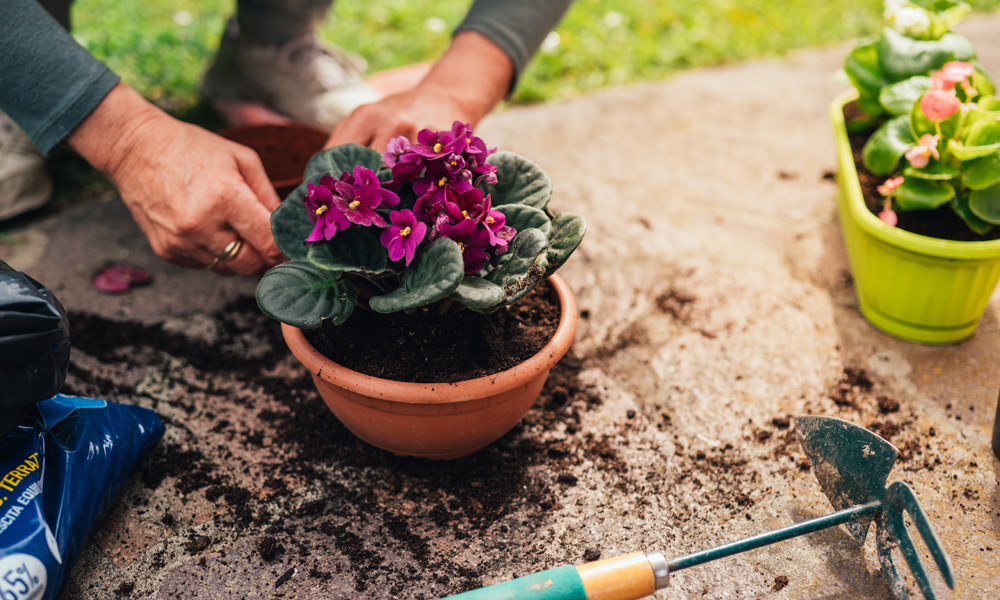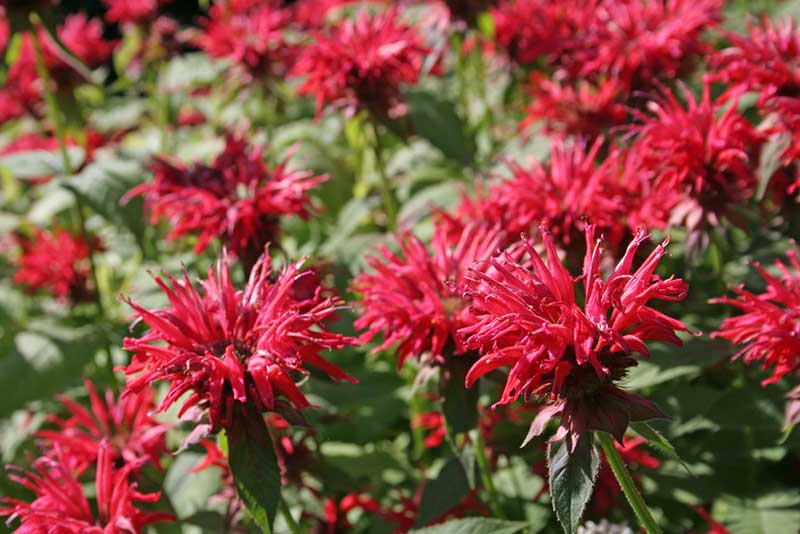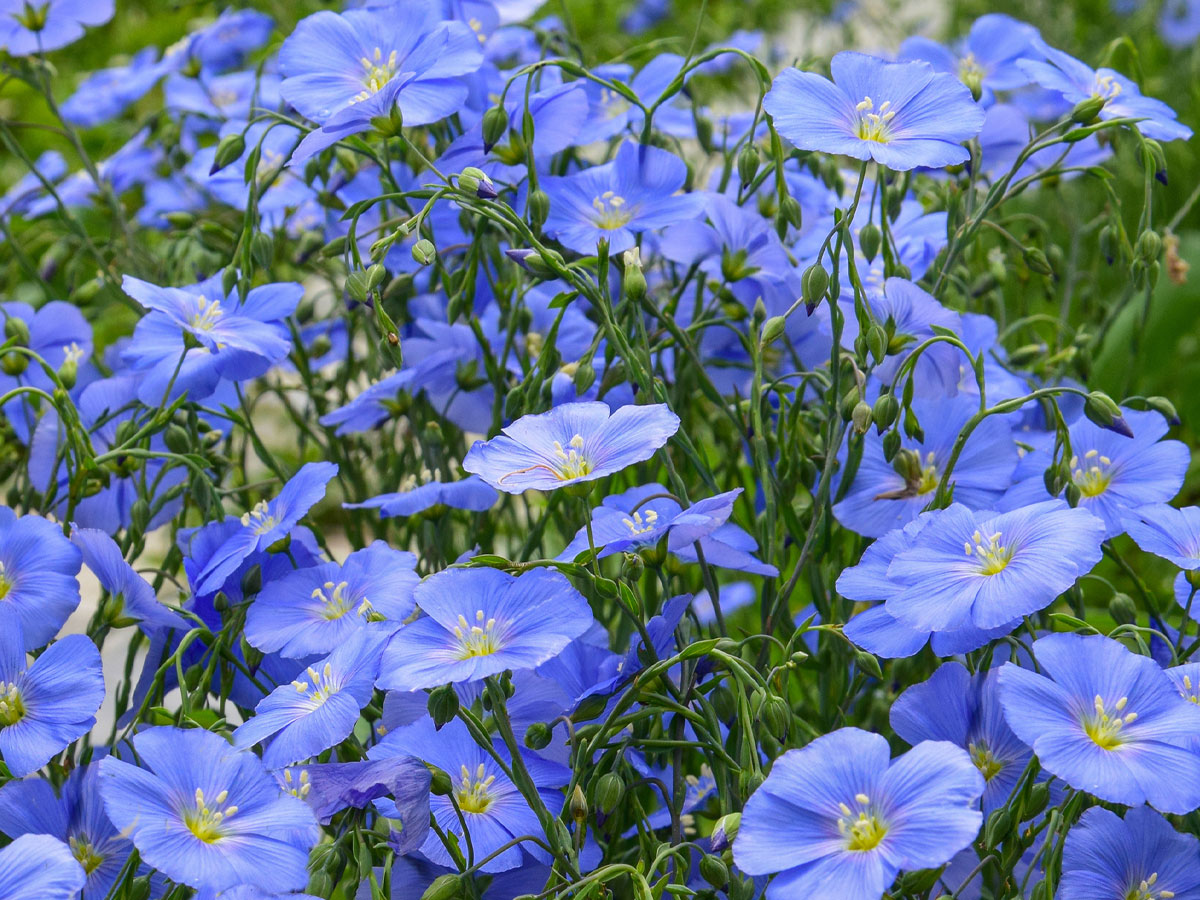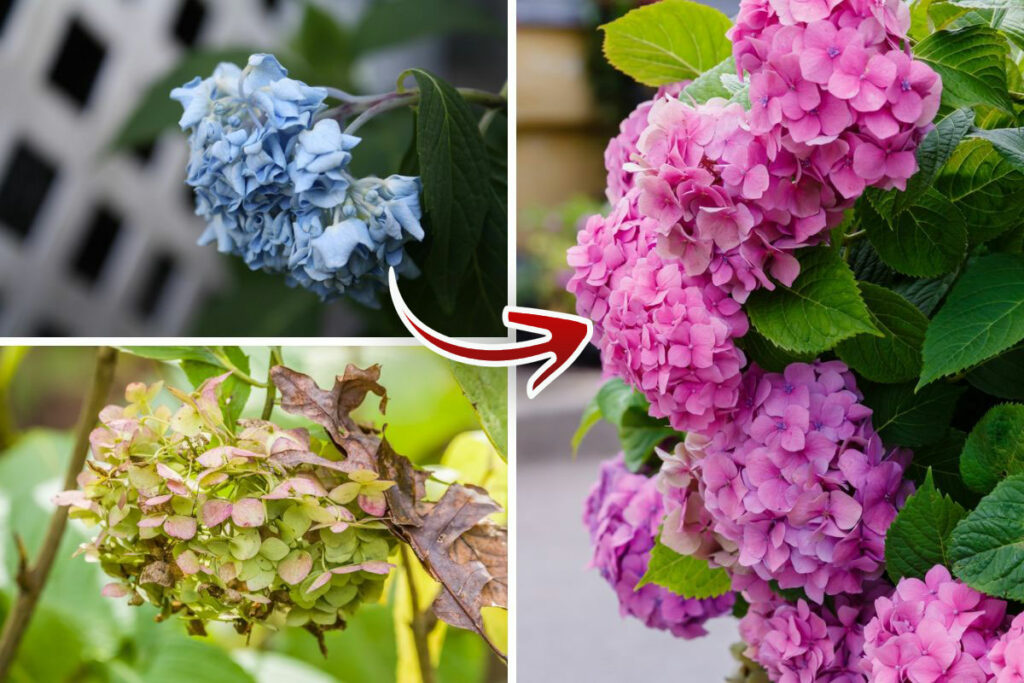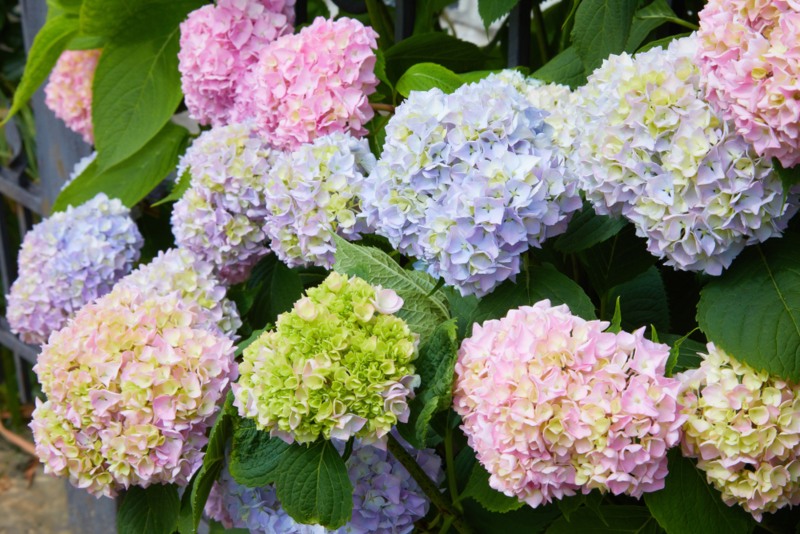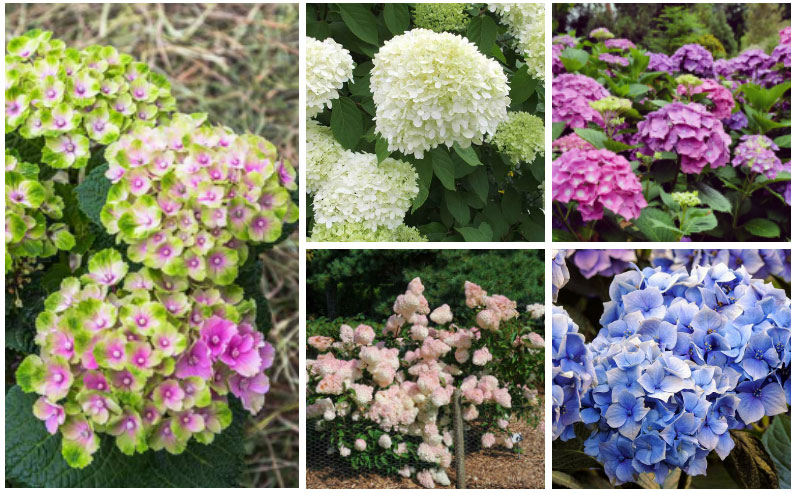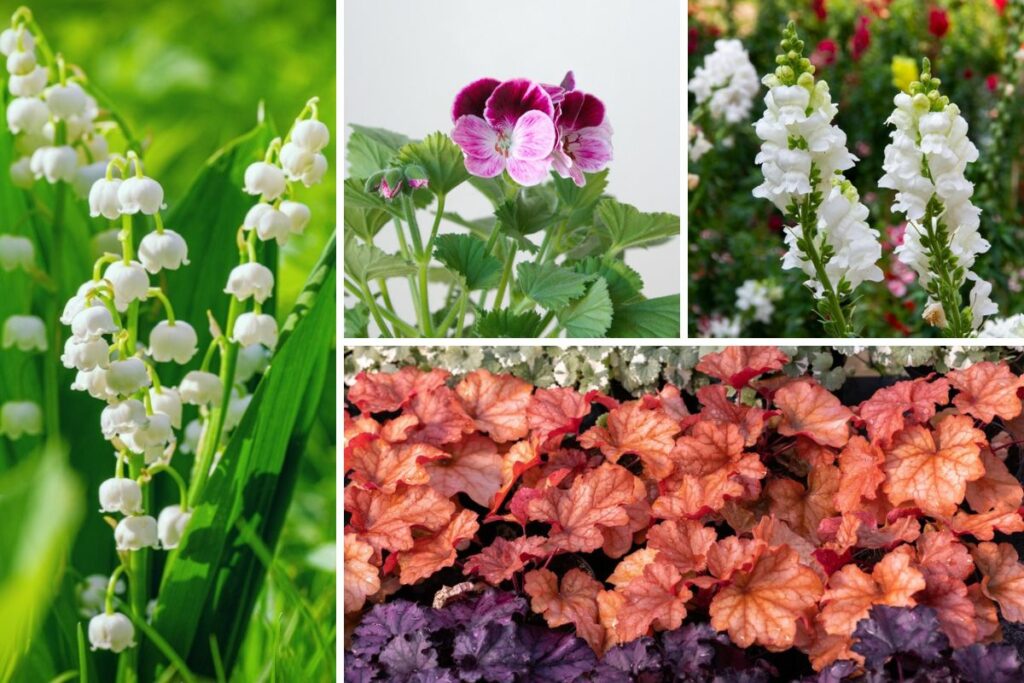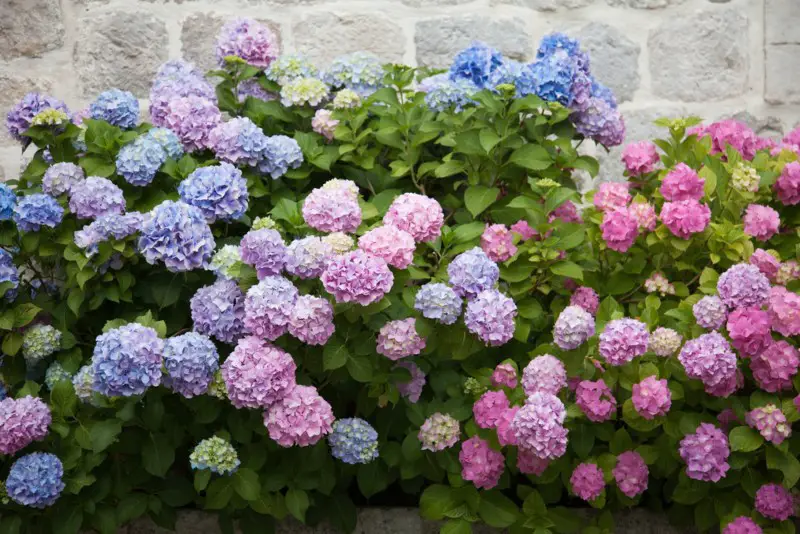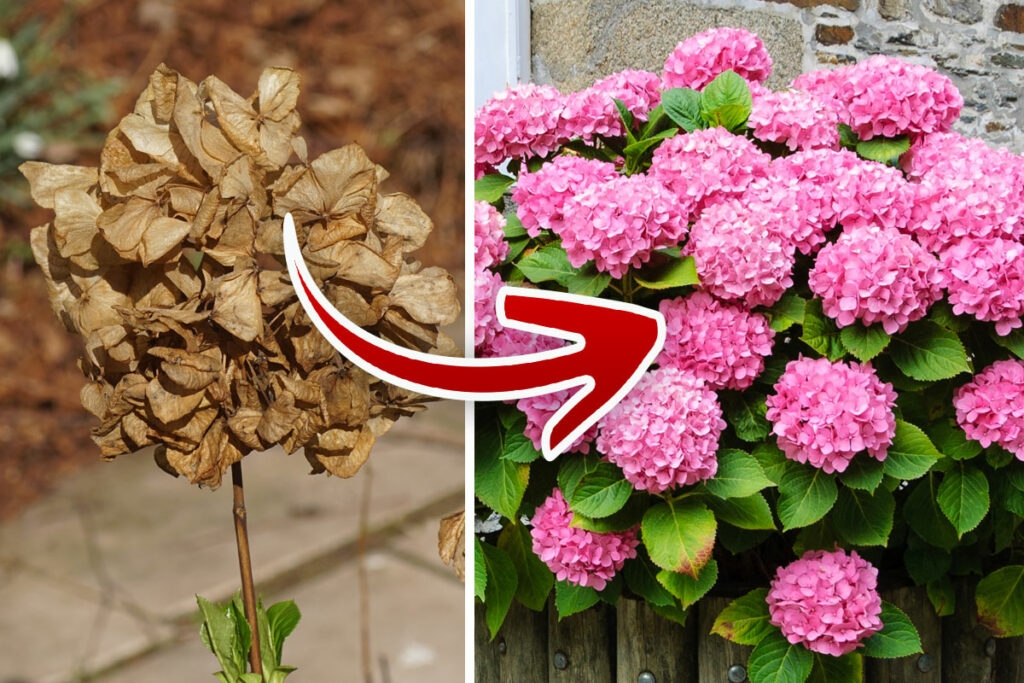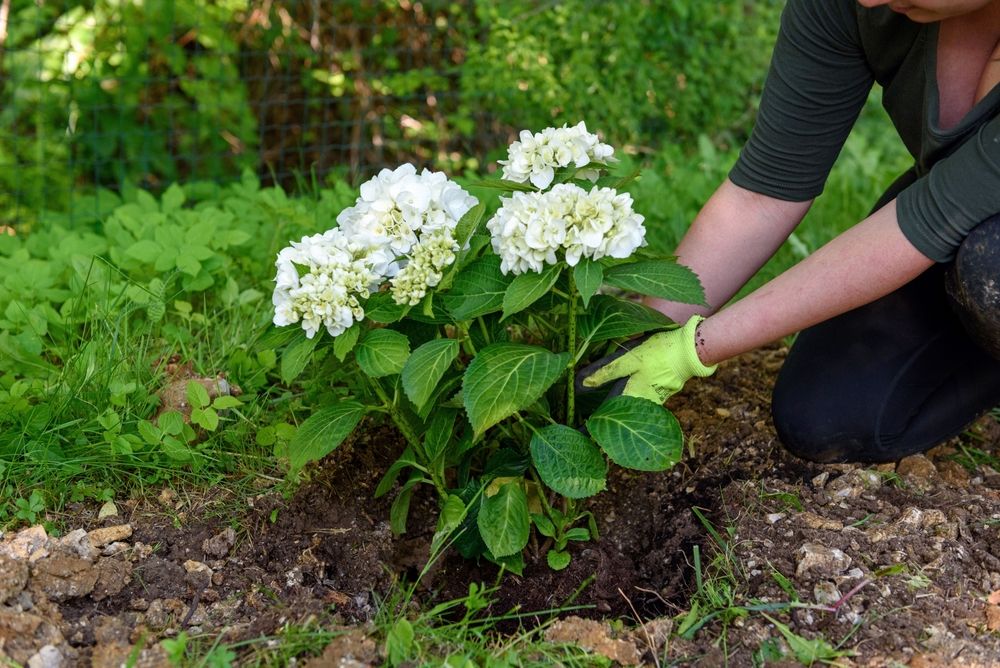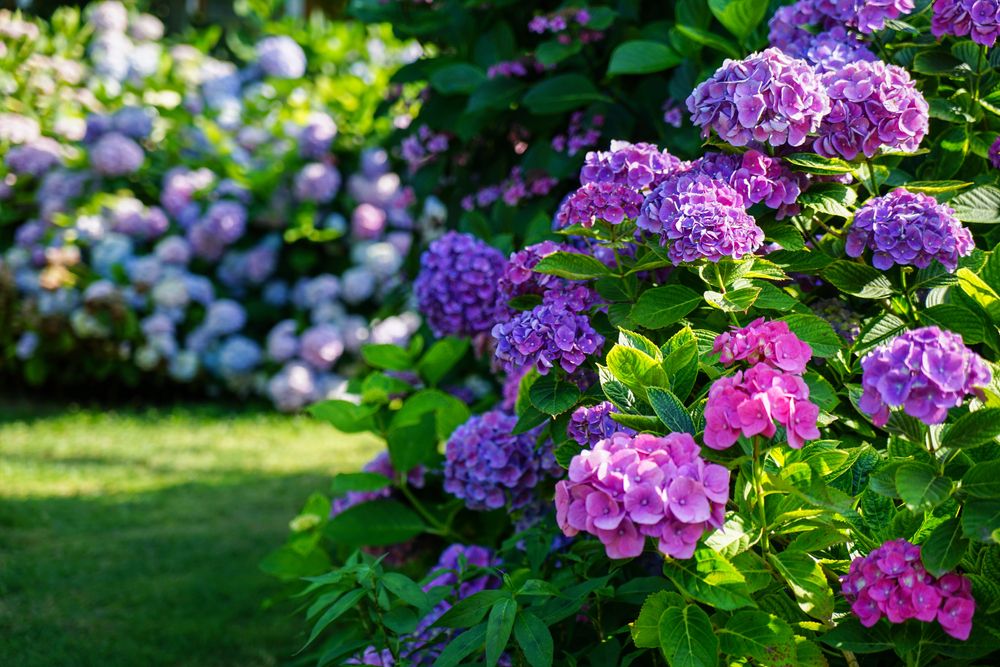
Have you ever wondered how some gardeners achieve those jaw-dropping hydrangea displays with flower heads the size of dinner plates? These beloved flowering shrubs are garden showstoppers when grown to their full potential. With the right care techniques, your hydrangeas can produce truly spectacular blooms that will be the envy of your neighborhood.
Let’s explore ten proven strategies that will help you grow hydrangeas with massive, head-turning blooms. These tips work for various hydrangea types and can be adapted to different growing regions.
1. Master Strategic Hard Pruning
The secret to enormous hydrangea blooms starts with proper pruning techniques tailored to your specific variety.
For panicle hydrangeas (H. paniculata) and smooth hydrangeas (H. arborescens) that bloom on new wood, try this dramatic approach: cut them back extremely hard in early spring. Take each branch down to just a few inches above the soil line.
This severe pruning directs all the plant’s energy into producing fewer but significantly larger blooms. The results can be astonishing!

For bigleaf hydrangeas (H. macrophylla) and oakleaf varieties (H. quercifolia) that bloom on old wood, be more selective. Remove dead or weak stems after flowering to encourage robust new growth without sacrificing next year’s blooms.
Timing matters tremendously. Prune new-wood bloomers in late winter before growth begins. For old-wood bloomers, prune right after flowering finishes.
2. Find the Perfect Light Balance
Contrary to popular belief, hydrangeas aren’t strictly shade plants. Finding the ideal light exposure is crucial for developing those impressive blooms.
In most regions, morning sun with afternoon shade creates the perfect balance. This lighting arrangement provides enough energy for robust growth while protecting delicate blooms from intense afternoon heat.
Northern gardeners can usually offer more sun, while southern growers should provide more afternoon protection. Even in hot climates, some direct sunlight each day improves flower color and stem strength.
For truly magnificent blooms in warm regions, plant where your hydrangeas will receive complete shade during the hottest part of the day. This keeps the plants stress-free and focused on flowering rather than survival.
3. Prepare Rich, Nourishing Soil
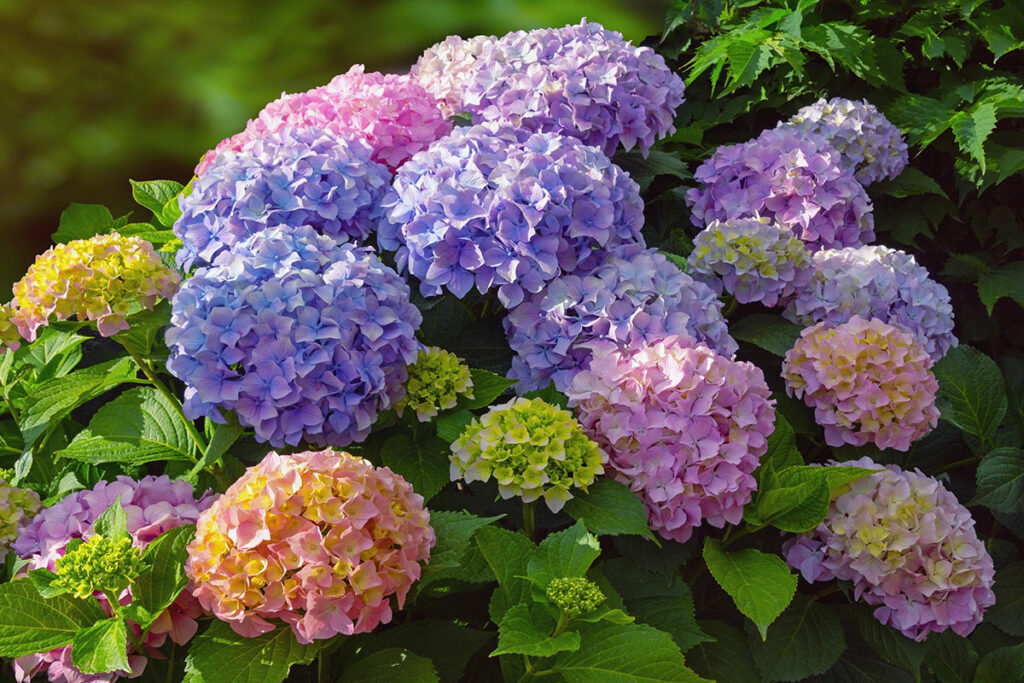
Spectacular hydrangea blooms start below ground with proper soil preparation. These flowering shrubs thrive in well-draining, fertile soil rich in organic matter.
Before planting, thoroughly incorporate generous amounts of compost into your planting area. This improves both soil structure and nutrient content, creating an ideal environment for vigorous growth.
For best results, prepare a wide area around each plant. Apply approximately 50 pounds of composted organic matter per 10 square feet, working it into the top 8-12 inches of soil.
This extensive soil improvement prevents stress from moisture fluctuations and provides a steady supply of nutrients throughout the growing season. Your hydrangeas will reward this preparation with abundant, oversized blooms.
4. Establish a Consistent Watering Routine
Hydrangeas need reliable moisture to produce those spectacular blooms you’re aiming for. Inconsistent watering is the enemy of large flowers.
Establish a regular schedule providing deep, thorough irrigation rather than frequent light sprinklings. Water deeply once or twice weekly during the growing season, allowing moisture to penetrate well into the root zone.
Pay special attention during bloom development, as water stress during this critical period significantly reduces both flower size and quantity. In hot weather, monitor your plants closely – they’ll visibly wilt when water-stressed.
The key is maintaining even soil moisture without creating waterlogged conditions. When you establish a consistent watering routine that adjusts to seasonal conditions, your hydrangeas will have the steady moisture they need for maximum bloom size.
5. Fertilize Strategically for Bigger Blooms
A thoughtful fertilization plan can dramatically enhance your hydrangea bloom size. The right nutrients at the right time make all the difference.
Apply a balanced, slow-release fertilizer in early spring as new growth emerges. For reblooming varieties, consider monthly feeding from early spring through late July to encourage consistent, vigorous growth.
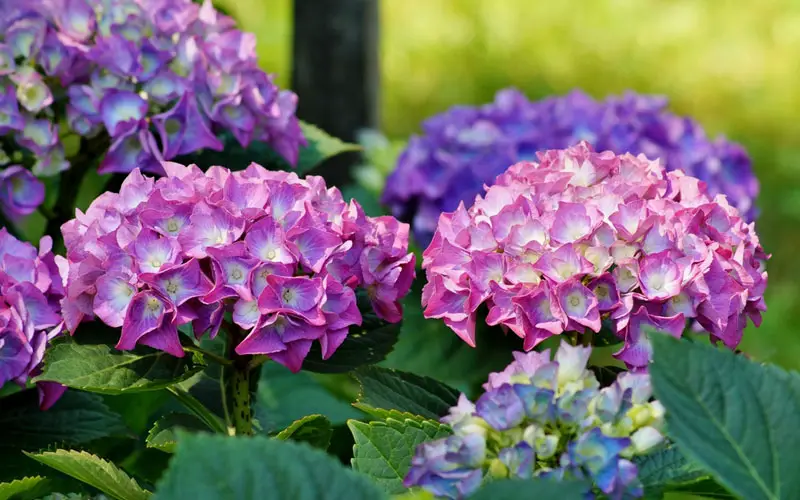
Many experienced growers recommend specialized rose fertilizers for hydrangeas. These formulations provide an ideal nutrient balance specifically designed for flowering shrubs.
Avoid over-fertilizing with high-nitrogen products that promote lush foliage at the expense of flowers. Many experts use half the recommended amount on fertilizer labels to encourage blooms rather than just leafy growth.
For best results, combine granular fertilizers with organic amendments like compost. This provides both immediate and slow-release nutrients throughout the growing season.
6. Select Varieties Known for Massive Blooms
Set yourself up for success by choosing hydrangea varieties bred specifically for enormous blooms.
Hydrangea paniculata ‘Limelight’ is renowned for its potential to produce massive flower heads. Other panicle hydrangeas and smooth hydrangeas like ‘Annabelle’ also naturally develop impressively large blooms.
For truly remarkable displays, explore “tetraploid” varieties such as those in the Seaside Serenade® collection. These specialized plants feature stronger stems and more robust flowers thanks to their unique genetic makeup with four sets of chromosomes.
Research different cultivars at your local nursery or online. Select those specifically bred for large flower production to give yourself an advantage from the start.
7. Give Plants Room to Reach Their Full Potential
When planting hydrangeas destined for impressive proportions, proper spacing becomes essential for maximum growth.
Allow approximately 5 feet between plants (measuring from center to center). This generous spacing ensures each hydrangea has sufficient room to develop fully without competition from neighbors.
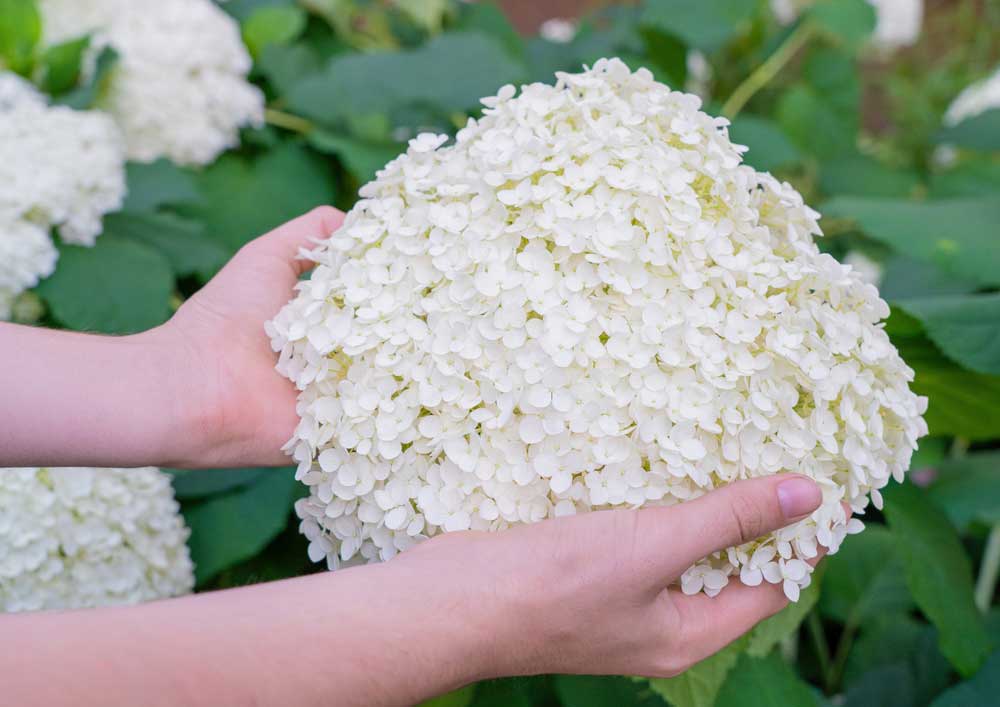
Proper spacing improves air circulation, reduces disease pressure, and allows each plant to access ample nutrients and water. This is particularly important for naturally large varieties like ‘Limelight’ that can reach 6-8 feet tall and wide at maturity.
Though it may initially seem like excessive space between young plants, this foresight prevents overcrowding later. Each hydrangea can develop the extensive root system and abundant foliage needed to support truly spectacular blooms.
8. Apply Generous Mulch for Optimal Growing Conditions
A robust mulching routine significantly contributes to developing those impressively large hydrangea blooms you’re working toward.
Apply a thick 2-3 inch layer of organic mulch around your hydrangeas. Compost, leaf mold, or fine composted bark are excellent options that maintain consistent soil moisture while gradually adding nutrients.
The mulch layer moderates soil temperature fluctuations, reducing plant stress and creating ideal growing conditions. Keep the mulch pulled back slightly from the main stems to prevent rot issues.
Refresh this protective layer annually in spring. This ensures continuous benefits while gradually improving soil quality over time, creating increasingly favorable conditions for impressive bloom development year after year.
9. Support Those Heavy Blooms
As your hydrangeas develop massive blooms, providing adequate structural support becomes crucial for maintaining their impressive display.
Install sturdy hydrangea cages early in the season before plants are fully leafed out. Heavy-duty metal supports prevent stems from splitting or bending under the weight of enormous flower heads.
Without proper support, particularly large hydrangea blooms often become so heavy they flop over partway through the season. This detracts from their visual impact and potentially damages stems.
Position support structures early, allowing foliage to grow through and eventually conceal the supporting framework. This proactive approach ensures your spectacular blooms remain properly displayed at their full height.
10. Protect Your Investment Year-Round
Protecting hydrangeas from environmental stresses throughout the changing seasons significantly impacts bloom size and quality.
In winter, especially for bigleaf varieties, provide protection from harsh conditions. Wrap plants in burlap or apply a thick mulch layer around the base to preserve flower buds that will become next season’s blooms.
During summer heat waves, consider temporary shade cloth to shield plants from excessive afternoon sun. This prevents stress that might reduce bloom size and flower quality.
In fall, reduce watering as plants enter dormancy, but continue occasional irrigation during warm, dry winter periods. This maintains root health and supports next season’s growth.
Year-round attentiveness ensures your hydrangeas remain in optimal health. They’ll direct their energy toward producing spectacular blooms rather than recovering from environmental stresses.
Final Thoughts
Growing truly impressive hydrangeas with massive blooms requires thoughtful care throughout the seasons. Each of these ten strategies contributes to creating ideal growing conditions that encourage your plants to reach their full flowering potential.
While results may vary depending on your specific climate and growing conditions, these techniques have consistently helped gardeners achieve spectacular results. Be patient with young plants – the most impressive displays often come after hydrangeas have been established for a few years.
With proper care and these specialized techniques, your hydrangeas can become the crown jewels of your garden. Those magnificent, oversized blooms will create a dramatic statement in your landscape that neighbors and visitors won’t soon forget.


